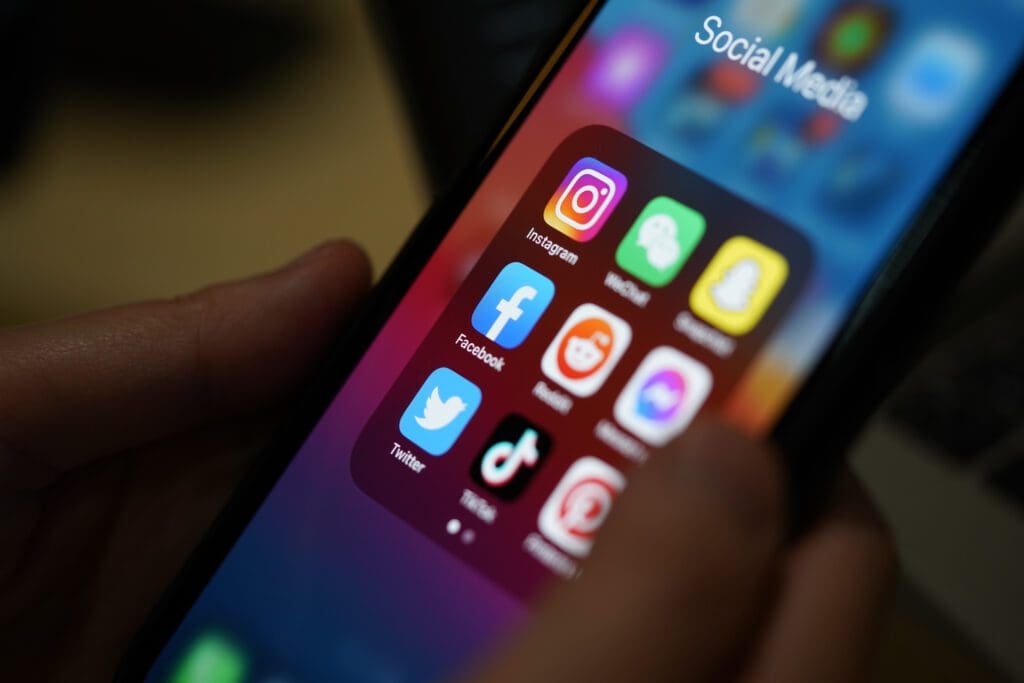Whether You’re on It or Not, 2024 Will Be the TikTok Election

The traditional creative cycle for campaigns doesn’t match the way voters are consuming media, and following that playbook into 2024 will leave candidates at a disadvantage. That’s according to Madeline V. Twomey, founder of the progressive digital consultancy Rufus And Mane.
Campaigns, she said recently, need to be “creating more content and [have] a better feedback loop.”
She noted that traditionally, the political marketing cycle had started with research, before moving into the creative development phase to produce the perfect 30-second ad and then deploying that creative across the campaign’s paid and organic channels.
Instead, she recommends: “Listening to the conversation: What are people talking about? What are the issues that they care about? Create content that speaks to those issues and maybe that means creating three different pieces of video content daily. See what works on social — iterate from there and have this be a constant feedback loop.”
In fact, how campaigns are thinking about social media is even a step behind. In the past, candidates and groups have focused on developing a following to ensure their organic content gets seen. But the TikTok strategy of allowing content to go viral from creators without a large following has been adopted by other platforms.
“TikTok’s innovation is not short-format content and vertical video,” she said at C&E’s recent CampaignTech East conference.
Their innovation is the FYP (For You Page), which is an algorithmic newsfeed where “content is served to you regardless of whether or not you follow someone.”
Despite some states restricting its use by employees or students, Twomey, who spent six years at Bully Pulpit Interactive (BPI), believes that campaigns and groups should be experimenting with TikTok right now.
“Any resources that you put towards TikTok right now are going to be more effective than the resources that you put on other social media platforms,” Twomey said.
She noted that even if the platform is banned by federal lawmakers, something that she doesn’t believe will happen, other companies will continue to try to copy its features. “There’s a lot of value in focusing on the platform,” she said. “You can prove that it works starting small.”
Twomey added: “You don’t need a following on TikTok to perform well. We can just create a ton of different versions of the same thing and just see what performs.”
In terms of a digital outreach strategy, campaigns need to “embrace creators as partners,” something that President Biden’s White House and reelect have already done, she said.
“I think we need to learn from creators and we need to understand what they do, why they’re going at it. And if we want to, utilize them as partners in our work,” she said.
Still, Twomey admits the approach can come with complications. Last year, she engaged a group of creators around the issue of abortion rights. While they talked about abortion in their subsequent posts, the group also wanted to talk about LGBTQIA+ issues at stake in the midterms.
“We never tell people what to say,” she said.
